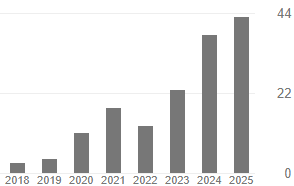Well to Wheel Comparison Study between the Electric Vehicle (Tesla Model S 100D) and Internal Combustion Engine Vehicle (Hyundai Sonata 2.4 L)
Keywords:
electric vehicle, greenhouse gas, well-to-wheel analysisAbstract
Transportation is leading energy usage and the primary cause of environmental pollution of carbon dioxide (CO2) or Greenhouse Gas (GHG) emission. The use of Electric vehicles (EV) will reduce the GHG emission that contributes to ozone depletion. In general, EV is considered environmentally friendly with no emissions at all. However, EV still contribute the GHG emission during battery charging and the electric vehicle manufacturing process. A ‘Well to wheel analysis’ is performed to determine the upstream pollution for both EV and Internal Combustion Engine Vehicle (ICEV) to acquire the total GHG produced by both types of vehicles. The analysis is done for Tesla Model S 100D (EV) with 2.4 L Hyundai Sonata (ICEV), which covers the emission emitted from both vehicles in one year with an annual driving range of 21000 km. The analysis can show the total emission produced by EV so that more awareness is created among the public about upstream pollution.
Downloads
Published
How to Cite
Issue
Section
License
Copyright (c) 2023 Politeknik & Kolej Komuniti Journal of Engineering and Technology

This work is licensed under a Creative Commons Attribution-NonCommercial-NoDerivatives 4.0 International License.







